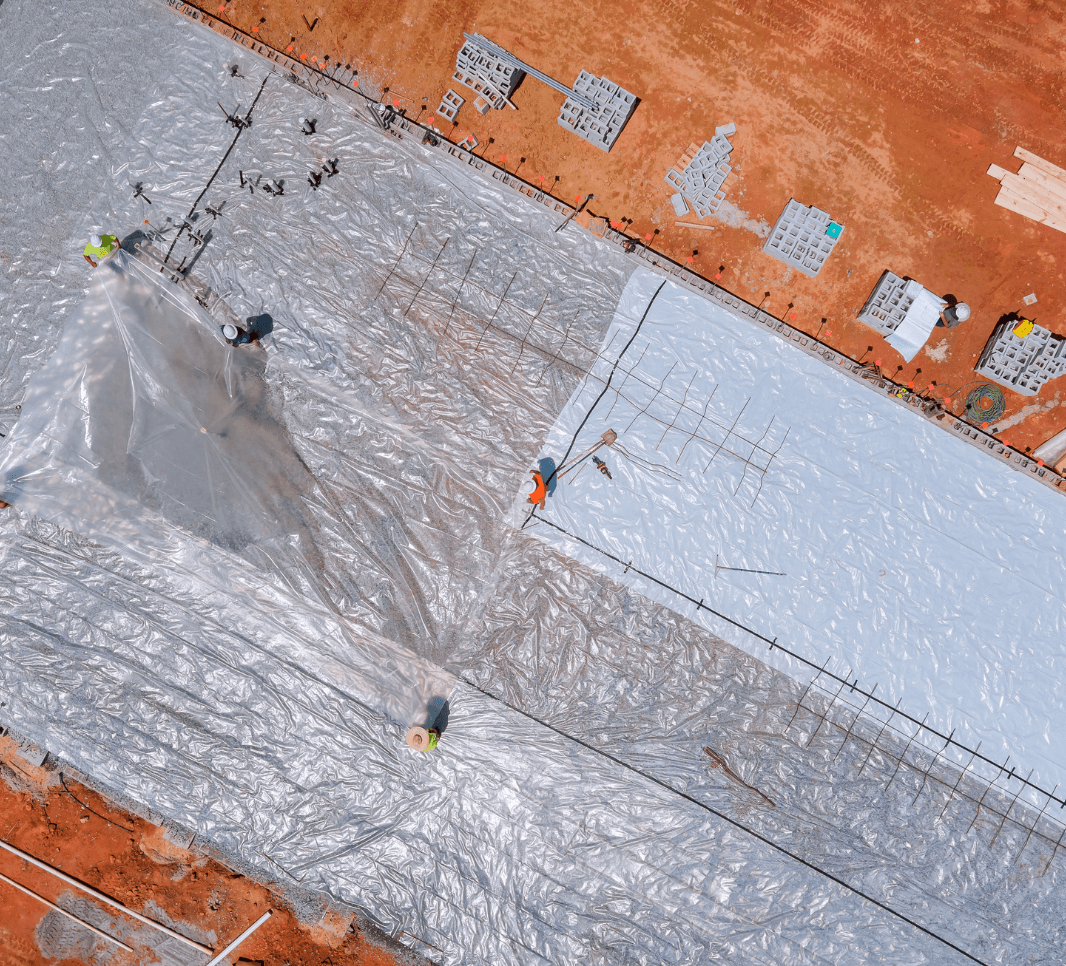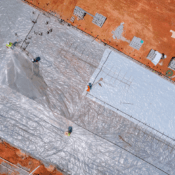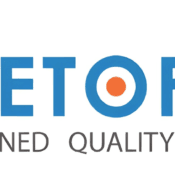
Why Waterproofing is the Unsung Hero of Modern Construction
Introduction
When we think of modern construction, the first things that come to mind are architectural design, materials, and structural innovations. But one critical element often overlooked is waterproofing. Behind every durable and safe structure lies a carefully planned waterproofing system, working silently to protect buildings from water infiltration, structural damage, and long-term wear. In fact, proper waterproofing is not just an add-on but a foundational part of sustainable, resilient construction.
In this article, we explore why waterproofing is the unsung hero of modern construction, how it enhances building performance, and how Geobit Group's advanced waterproofing solutions are raising the bar in the industry.
The Importance of Waterproofing in Construction
Waterproofing is making a structure water-resistant so it remains unaffected by moisture, water ingress, and humidity. Buildings are vulnerable to leaks, mold growth, corrosion, and even structural failure without adequate waterproofing. In the long run, poor waterproofing leads to costly repairs, health hazards, and a reduced building lifespan.
Top Benefits of Waterproofing:
- Protects Structural Integrity: Water damage can weaken concrete, steel reinforcements, and foundational elements over time.
- Improves Indoor Air Quality: Prevents mold and mildew, contributing to healthier living and working environments.
- Enhances Energy Efficiency: Dry structures offer better insulation and lower HVAC energy use.
- Reduces Maintenance Costs: Quality waterproofing minimizes water-related wear and tear.
- Increases Property Value: Buildings with reliable waterproofing systems are more appealing to buyers and investors.
Key Areas That Require Waterproofing
- Foundations and Basements: Constant contact with groundwater makes these areas highly prone to seepage.
- Roofs and Terraces: Exposed to heavy rainfall and UV radiation, roofs need elastic and UV-resistant waterproofing.
- Bathrooms and Kitchens: Continuous water usage demands protection from internal leaks.
- Podiums and Balconies: These transitional spaces are exposed to both external and internal moisture.
- Tunnels and Bridges: Infrastructure projects face hydrostatic pressure, requiring industrial-grade waterproofing.
Types of Waterproofing Techniques Used Today
With advancements in materials and technology, waterproofing is no longer one-size-fits-all. Modern construction uses tailored solutions based on the environment, application, and structural needs.
- Cementitious Waterproofing: Ideal for internal wet areas like bathrooms and water tanks.
- Bituminous Coating: A cost-effective option for foundations and substructures.
- Liquid Waterproofing Membranes: Highly flexible and seamless, suitable for roofs and podiums.
- Polyurethane Membranes: Excellent elasticity and UV resistance make them perfect for high-exposure areas.
- Injection Waterproofing Systems: Used for repairing leaks and sealing cracks from the inside.
Why Geobit Group Leads in Waterproofing Innovation
At Geobit Group, we specialize in delivering high-performance waterproofing and construction chemical solutions that meet the evolving needs of the industry. Our flagship brand, BETOFLEX, is engineered to provide unmatched durability and long-lasting waterproof protection across various applications.
Our Key Solutions Include:
- BETOFLEX Membranes – Flexible and weather-resistant membranes for rooftops, basements, and exposed areas.
- BETOCOAT PU – A polyurethane liquid membrane offering seamless, UV-resistant, and durable coverage.
- BETOPROOF Injection Resins – Ideal for repairing cracks and preventing water ingress in structural elements.
- BETOFLEX CM – Cementitious coatings designed for water-retaining structures and internal wet areas.
We also prioritize sustainable construction with low-VOC, eco-friendly products and energy-efficient manufacturing practices. From green packaging to responsible water usage, Geobit is redefining what it means to build responsibly.
Common Waterproofing Mistakes to Avoid
- Skipping Waterproofing During Early Construction: Retrofitting waterproofing later is costlier and less effective.
- Choosing the Wrong Waterproofing Type: Not all products suit every environment or application.
- Poor Surface Preparation: Dust, cracks, or moisture can prevent waterproofing from bonding properly.
- Ignoring Expansion Joints and Corners: These areas are highly vulnerable and require careful attention.
Conclusion: Building with Confidence
Waterproofing might work behind the scenes, but its impact is front and center when it comes to a structure’s longevity, safety, and performance. As a construction professional, architect, or property developer, investing in the right waterproofing system is not just smart—it’s essential.
At Geobit Group, we don’t just offer waterproofing—we deliver confidence, quality, and sustainability in every layer.
🔗 Learn more about our advanced waterproofing solutions at geobituae.com



